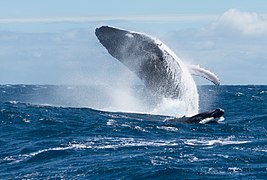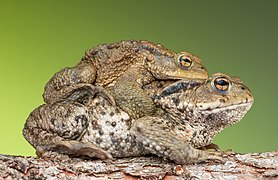User:Mariusm/MainPage1
|
Welcome to The free species directory that anyone can edit. It covers Animalia, Plantae, Fungi, Bacteria, Archaea, Protista and all other forms of life. So far we have 892,834 articles Wikispecies is free, because life is in the public domain!
|
Taxon Navigation
|
Explore Wikispecies
Collaboration with ZooKeys A collaboration between Wikispecies and ZooKeys has been announced. Images of species from ZooKeys will be uploaded to Wikimedia Commons and used in Wikispecies. |
Species of the monthSociable LapwingVanellus gregarius (Pallas, 1771) Some facts about this bird: Head and body length: 27–30 cm. Wingspan: 70–76 cm. Weigth: 150–260 grams. Habitat: Breeds in steppes. Prefers sandy short grass plains and meadows during non-breeding season. Distribution: Breeds in northern and central Kazakhstan and south-central Russia. Diet: Chiefly feeds on insects. Surviving number: Estimated at 11,000. Conservation status: Critically Endangered (IUCN 3.1 [2024-2]) First described: By the German zoologist and botanist Peter Simon Pallas in 1771 as Charadrius gregarius.
See also: Species of previous months
|
|
Wikispecies is hosted by the non-profit Wikimedia Foundation, along with several other multilingual and free-content projects:
|









